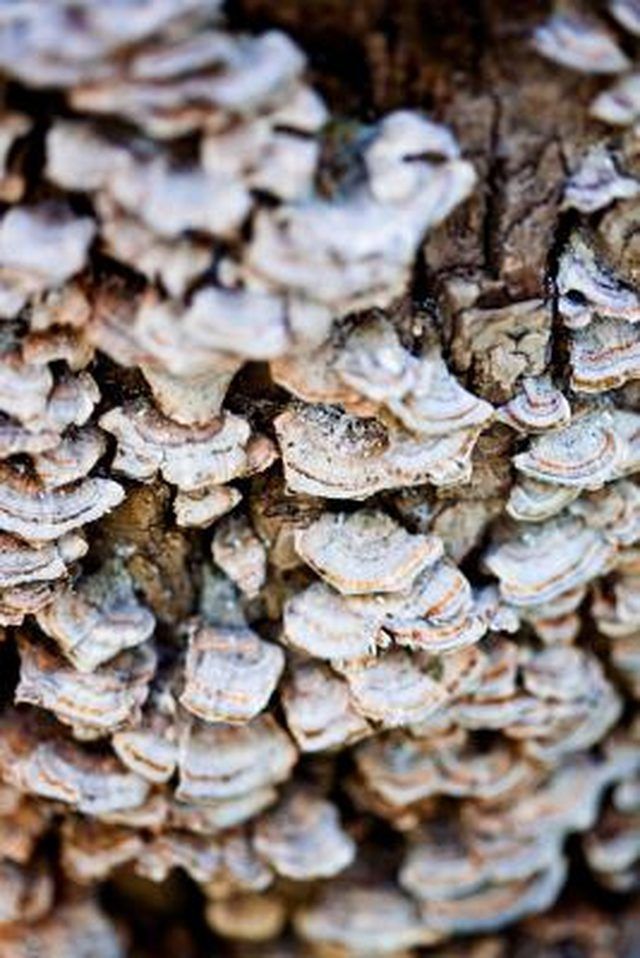Bulbs
Flower Basics
Flower Beds & Specialty Gardens
Flower Garden
Garden Furniture
Garden Gnomes
Garden Seeds
Garden Sheds
Garden Statues
Garden Tools & Supplies
Gardening Basics
Green & Organic
Groundcovers & Vines
Growing Annuals
Growing Basil
Growing Beans
Growing Berries
Growing Blueberries
Growing Cactus
Growing Corn
Growing Cotton
Growing Edibles
Growing Flowers
Growing Garlic
Growing Grapes
Growing Grass
Growing Herbs
Growing Jasmine
Growing Mint
Growing Mushrooms
Orchids
Growing Peanuts
Growing Perennials
Growing Plants
Growing Rosemary
Growing Roses
Growing Strawberries
Growing Sunflowers
Growing Thyme
Growing Tomatoes
Growing Tulips
Growing Vegetables
Herb Basics
Herb Garden
Indoor Growing
Landscaping Basics
Landscaping Patios
Landscaping Plants
Landscaping Shrubs
Landscaping Trees
Landscaping Walks & Pathways
Lawn Basics
Lawn Maintenance
Lawn Mowers
Lawn Ornaments
Lawn Planting
Lawn Tools
Outdoor Growing
Overall Landscape Planning
Pests, Weeds & Problems
Plant Basics
Rock Garden
Rose Garden
Shrubs
Soil
Specialty Gardens
Trees
Vegetable Garden
Yard Maintenance
How to Identify Tree Fungus
How to Identify Tree Fungus. Trees that are healthy and fit seldom have problems with fungus. When a tree is stressed due to bark injury, broken branches or drought can put stress on the tree. The weakened tree is more prone to being attacked by fungi. Many types of fungi feed on dead wood. Fungus growth can be slowed with the application of a...

Trees that are healthy and fit seldom have problems with fungus. When a tree is stressed due to bark injury, broken branches or drought can put stress on the tree. The weakened tree is more prone to being attacked by fungi. Many types of fungi feed on dead wood. Fungus growth can be slowed with the application of a proper fungicide. In order to know the proper fungicide to use, you must identify the fungus. There are 18 common types of fungus that affect most trees in the United States.
Examine the tree for signs of decay. Fungus can be broken into two taxonomies. They are basidiomycetes and ascomycetes. Basidiomycetes exist as tiny thread-like filament under the bark of the tree. They produce fruiting bodies such as plate fungus. Ascomycetes do not produce fruiting bodies. Instead, they invade the trunk and cause heartwood to decay.
Examine the tree for areas of decay. Different types of fungus affect different parts of a tree. For example, Armillaria spp., Grifola frondosa, and Xylaria polymorpha affect the roots and butt of the tree. Laetioporus sulphureus and Ganoderma applanatum affect the butt and trunk of the tree. Pleurotus ostreatus, Polyporus squamosis, Phellinus ignarius, Perenniporia fraxinophilia and common sap rots affect the trunk and stem of a tree.
Identify whether ascomycetes is white rot or brown rot based on what components of the tree's heart wood the fungus attacks. White rot fungus primarily attacks the glue of the tree that binds wood fibers. This glue is called lingnin. Brown rot attacks the wood fibers, which are called cellulose, first. Brown rot will weaken a tree and may cause it to fall.
Look over the fruiting bodies produced by basidiomycete fungus. The characteristics of these fruiting bodies will determine the type of fungus that infects the tree. Armillaria spp., Pleurotus ostreatus and Schizophyllum commune produce seasonal fleshy, mushroom-like plates with gills. Ganoderma lucidum and Inonotus dryadeus produce plates annually that are woody with pores.
Grifola frondosa, Laetiporus sulphureus and Polyporous squamosus produce both annual fruit that is soft and fleshy with pores. Climacoden septentrionalis is an annual fungus that is soft and fleshy with a separate layer of toothed pores. Daedalea quercina and Cerrena unicolor produce both annual and perennial fruit with a series of maze-like pores.
Sap rot produces numerous small, plate-like annual fungus that have gills. Fomes fomentarius, Phellinus ignarius, Ganoderma applanatum and Phellinus robineae all produce perennial woody fruiting bodies. Xylaria polymorpha, and Ustulina deusta produce annual and perennial fruit that is blackish, whitish or gray with a crusty texture.